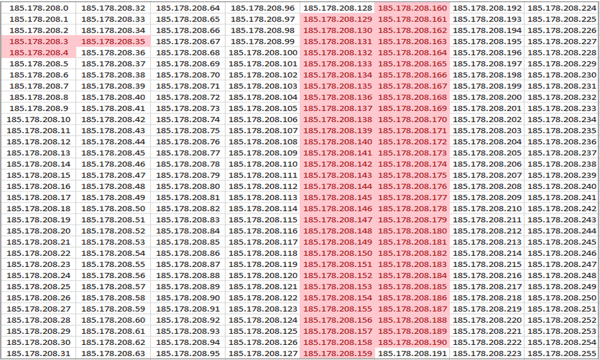January 29, 2020 • Ofir Ashman
Shlayer the MacOS Trojan Slays its Way into the New Year
1Min read
•
Cyber Attacks,
Cybercrime,
Cybersecurity,
malware,
threat intelligence,
youtube,
information security,
macOS,
malware downloader,
infosec



